"Curiosity Killed My Beia" A Comic I Did For The Spinoff's Comic Of The Month
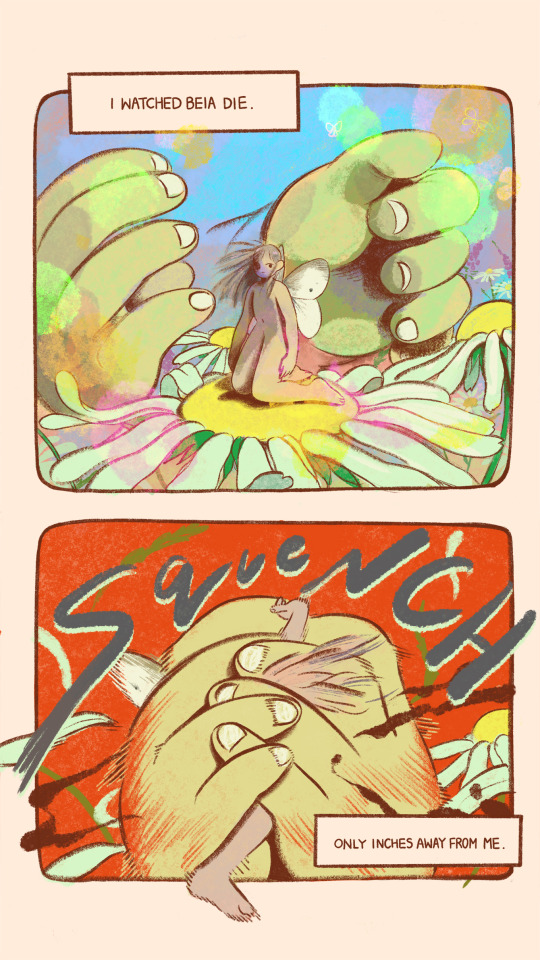


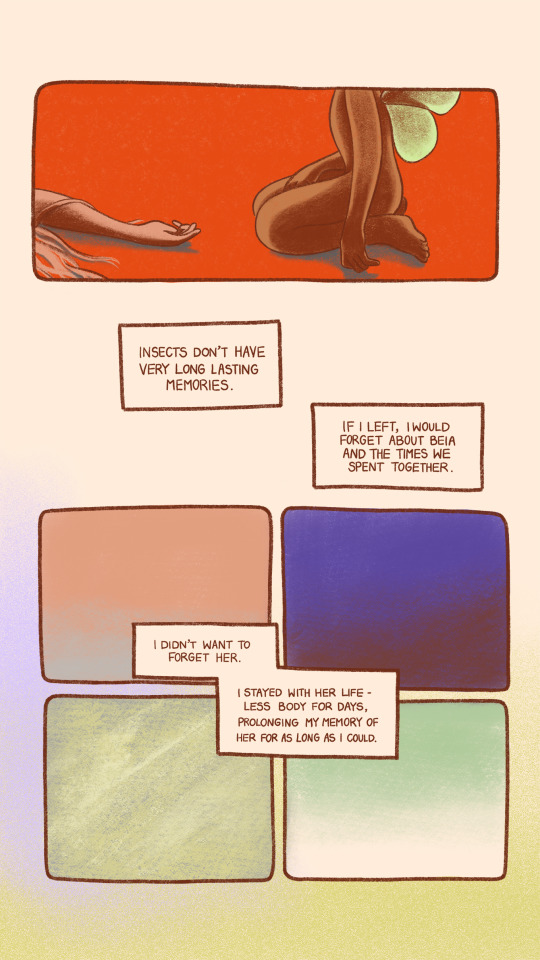
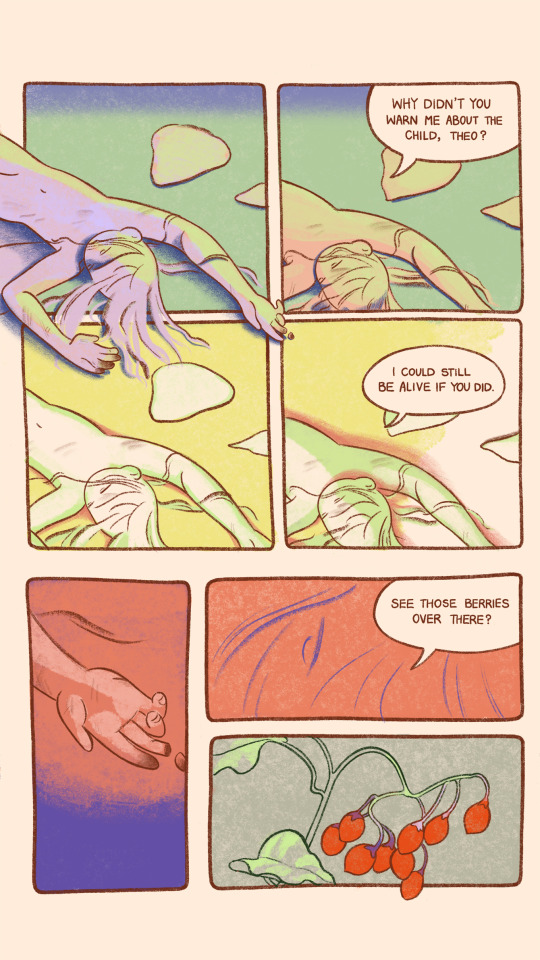
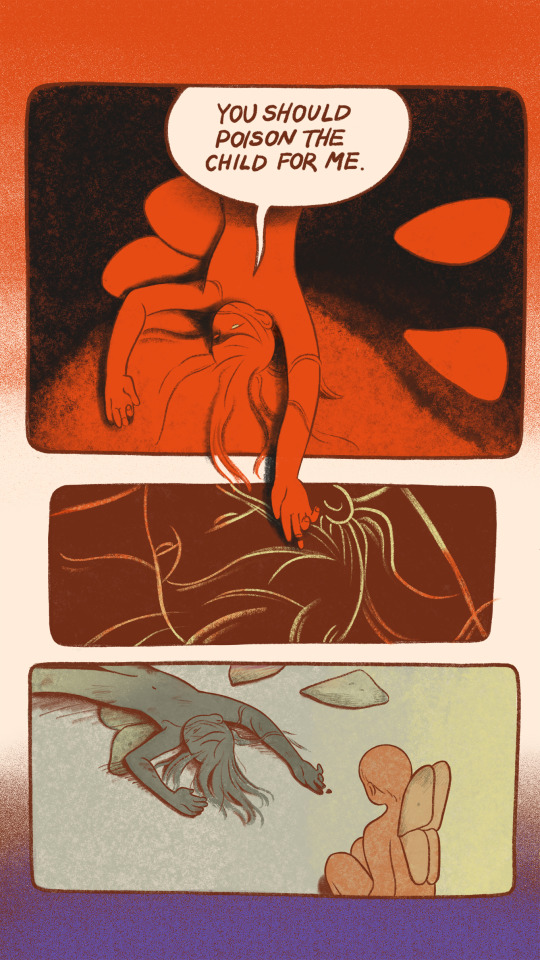
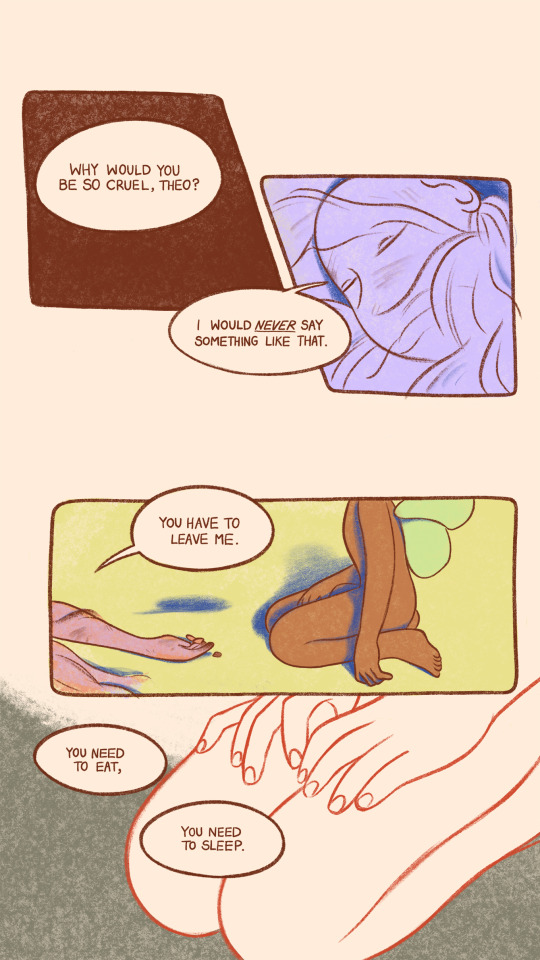
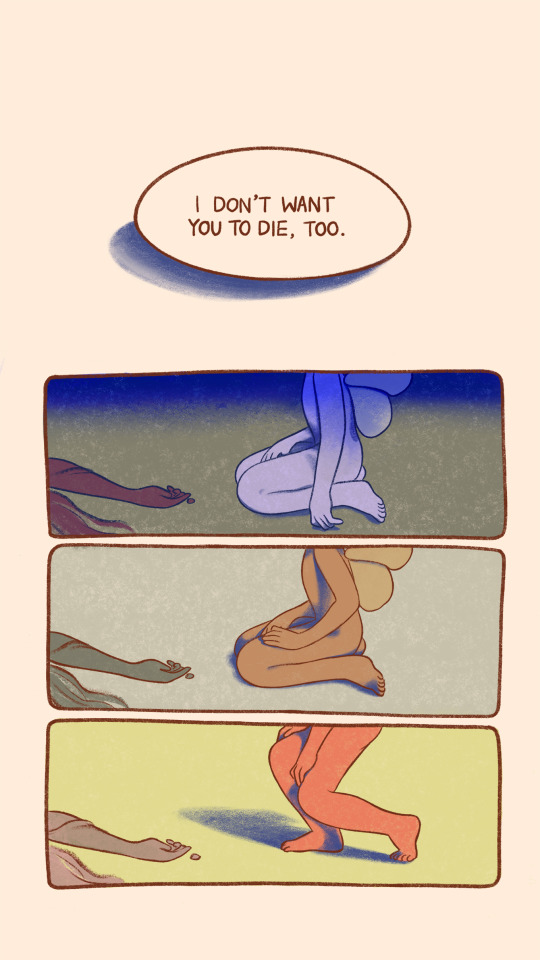
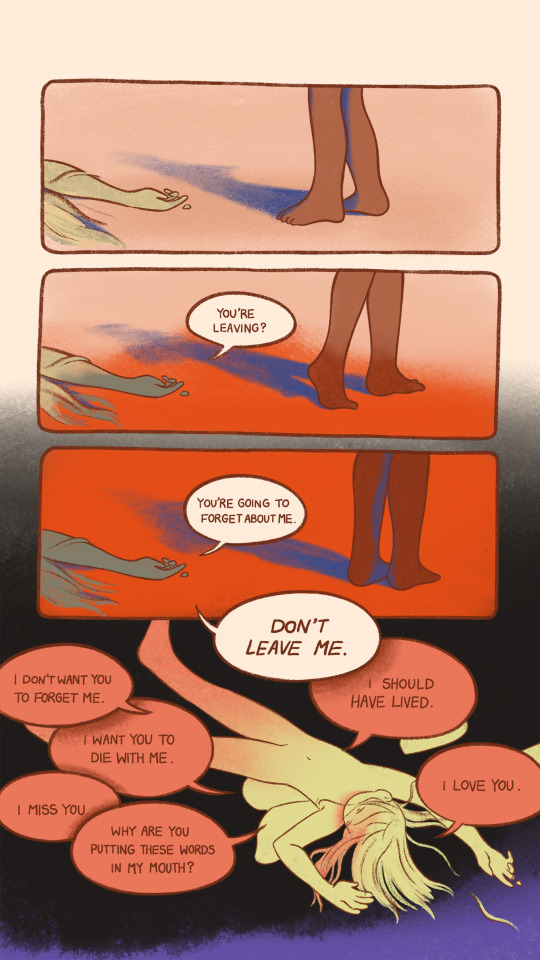
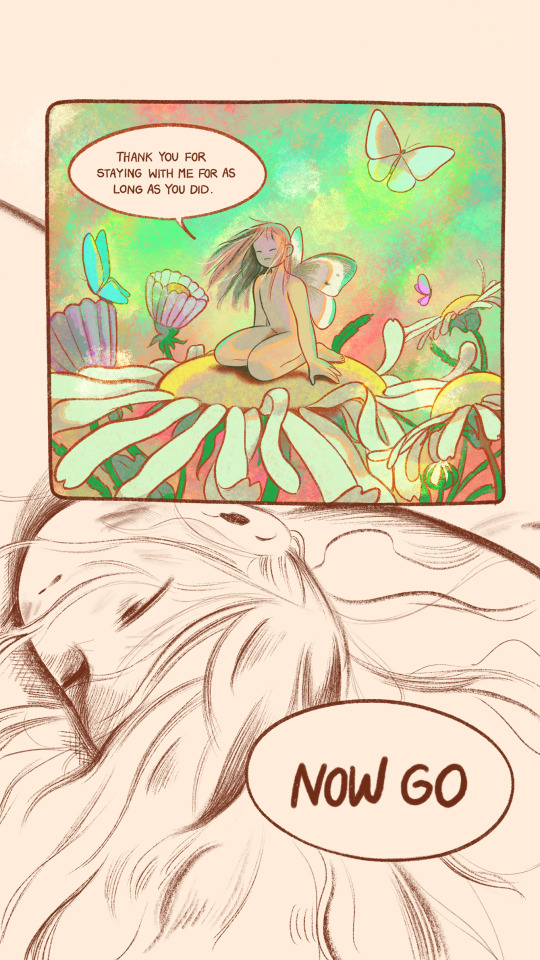
"Curiosity Killed My Beia" A comic I did for The Spinoff's Comic of the Month
More Posts from Prettypr0blems and Others


decided to post some art here, maybe i’ll post more sometime :o)
this is my sona! just a little teddy bear!

We are also so Happy to announce we are working in partnership with Juniper to bring you all new Welcome Home merch! Own a Darling, Joyful, Frankly, and Beagle-shaped beauty of your very own to your home today! Or even enjoy them in a form of a decorative pin! The possibilities are endless! Of course, stay tuned for later this month as we bring you sweet photographs and a beauteous commercials!
Moth Of The Day #291
Larch Tolype / Larch Lappet Moth
Tolype laricis
From the lasiocampidae family. They can be found in eastern North America.


Image source: [1] [2]


ID credit: CHIaqua on 小红书
(please like, reblog and give proper credit if you use any of my gifs!)
The Camouflaged Looper: these caterpillars fashion their own camouflage by collecting flower petals/vegetation and using silk to "glue" the pieces onto their bodies

Though they're often referred to as "camouflaged loopers," these caterpillars are the larvae of the wavy-lined emerald moth (Synchlora aerata).
Camouflaged loopers deploy a unique form of self-defense -- they snip off tiny pieces of the flowers upon which they feed, then use bits of silk to attach the vegetation to their backs. This provides them with a kind of camouflage, enabling them to blend in with the plants that they eat.

Some of them create little tufts that run along their backs, while others fashion a thicker camouflage that covers their backs completely. In some cases, the camouflaged loopers will even build much larger bundles that surround their entire bodies.
Their range includes most of North America (from southern Canada down through Texas) and they can feed upon an enormous variety of plants -- so the disguises that these caterpillars build can come in countless colors, shapes, and sizes, incorporating many different flowers and other bits of vegetation.

And this is what the fully-developed moth looks like:

Sources & More Info:
Loudoun Wildlife Conservancy: Wavy-Lined Emerald, Master of Disguise
Maryland Biodiversity Project: Wavy-Lined Emerald Moth (Synchlora aerata)
The Caterpillar Lab: Camouflaged Looper
University of Alberta Museums: Synchlora aerata
Missouri Department of Conservation: Wavy-Lined Emerald
Nebraskaland Magazine: The Amazing Camouflaged Looper
Lake County Forest Preserves: Camouflage Revealed









Now finished below!
Keep reading
Vida's Sheep Jumping Spider: researchers believe that these tiny spiders developed their "woolly" appearance as a way to mimic lacewing larvae or scale insects

The scientific name for this species is Oviballus vidae, but it has also been referred to as the "sheepy jumping spider" or "Vida's jumping spider." It was discovered in 2015, and first described (in a formal context) back in 2020.

As this article (PDF) describes:
Recently, two new salticids, R. legitima and Oviballus vidae were described from South Africa, and suggested to be mimics of either scale insects (Hemiptera: Coccoidea) or lacewing larvae (Neuroptera: Chrysopidae), due to their white colouration and the presence of peculiar tufts of white setae on the body.

The possibility of [scale insects] being the model is supported by Oviballus vidae being regularly collected from plants with woolly scales, although the movements of O. vidae quite closely resemble those of chrysopid larvae.
In fact, a fourth species of possible scale mimic, a new Rhene species, was recently discovered in a collection of salticids from southern Mozambique, indicating that this phenomenon may be more widespread than has previously been known or even suspected.

O. vidae was named after Vida van der Walt, the photographer who captured some of the first images of these spiders back in 2015, just after the species was discovered by Dr. Galina Azarkina. Vida van der Walt also took the photographs that appear in this post.
Sources & More Info:
Arthropoda Selecta (scientific journal): Rediscovery and Redescription of Rhene cooperi, another possible mimic of scale insects (PDF)
Spider Club of South Africa: Two New Species Named After SA Photographer (PDF, with the relevant info on page 5)
Field Guide to the Spiders of South Africa: Section on Vida's Sheep Jumping Spider
🐌☕️ ☕️🐛
they’re on a coffee date
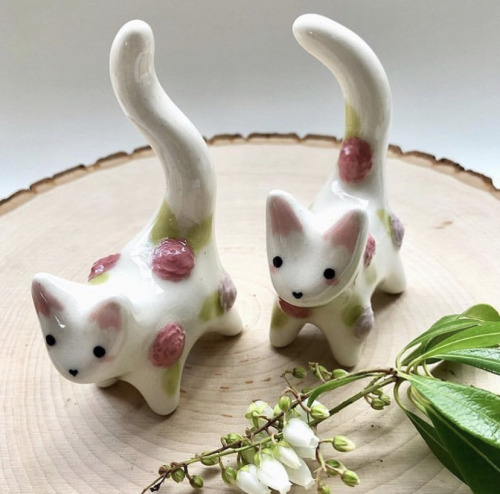
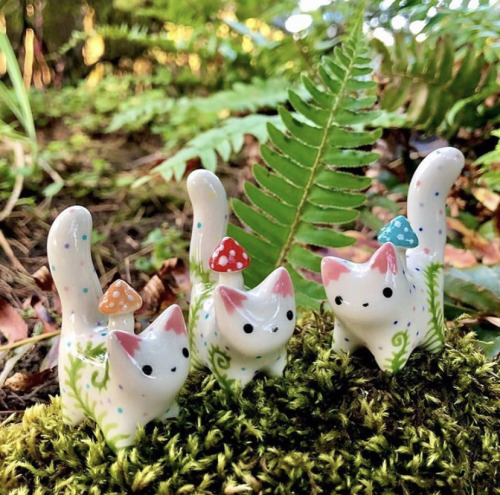
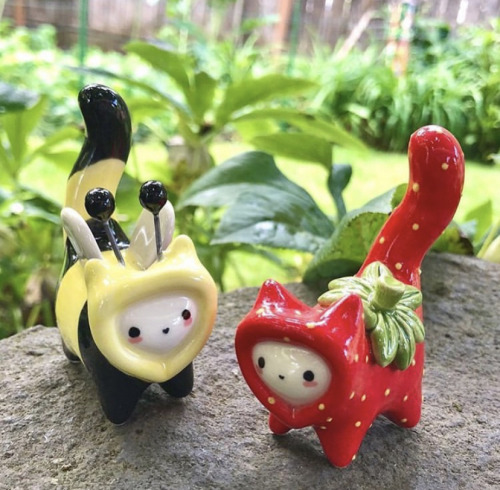
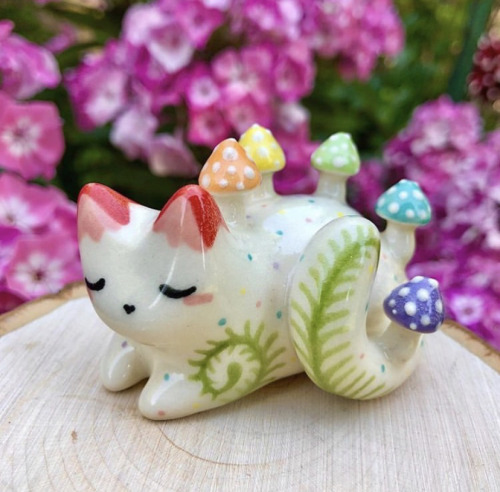
ceramic cats by @/studiomimmiceramics on instagram!
-
 creechurrr liked this · 1 week ago
creechurrr liked this · 1 week ago -
 parallelcrying liked this · 1 week ago
parallelcrying liked this · 1 week ago -
 tunyets reblogged this · 1 week ago
tunyets reblogged this · 1 week ago -
 thuselah reblogged this · 2 weeks ago
thuselah reblogged this · 2 weeks ago -
 sunshineotaku liked this · 2 weeks ago
sunshineotaku liked this · 2 weeks ago -
 xiriuxmind reblogged this · 2 weeks ago
xiriuxmind reblogged this · 2 weeks ago -
 jamolan1 liked this · 2 weeks ago
jamolan1 liked this · 2 weeks ago -
 fennamble liked this · 2 weeks ago
fennamble liked this · 2 weeks ago -
 the-acid-pear reblogged this · 2 weeks ago
the-acid-pear reblogged this · 2 weeks ago -
 milkinawineglass liked this · 2 weeks ago
milkinawineglass liked this · 2 weeks ago -
 hello-distopia reblogged this · 2 weeks ago
hello-distopia reblogged this · 2 weeks ago -
 anpaneko reblogged this · 2 weeks ago
anpaneko reblogged this · 2 weeks ago -
 anpaneko liked this · 2 weeks ago
anpaneko liked this · 2 weeks ago -
 non-boo-nary reblogged this · 2 weeks ago
non-boo-nary reblogged this · 2 weeks ago -
 clit-eastwood-spicy liked this · 2 weeks ago
clit-eastwood-spicy liked this · 2 weeks ago -
 fluffabutt reblogged this · 2 weeks ago
fluffabutt reblogged this · 2 weeks ago -
 oldmaidentypeofshoe reblogged this · 2 weeks ago
oldmaidentypeofshoe reblogged this · 2 weeks ago -
 mega-millk reblogged this · 2 weeks ago
mega-millk reblogged this · 2 weeks ago -
 yosaann liked this · 2 weeks ago
yosaann liked this · 2 weeks ago -
 mad-maddy reblogged this · 2 weeks ago
mad-maddy reblogged this · 2 weeks ago -
 kingofspores liked this · 2 weeks ago
kingofspores liked this · 2 weeks ago -
 strawberrysweeti liked this · 2 weeks ago
strawberrysweeti liked this · 2 weeks ago -
 catalllo reblogged this · 3 weeks ago
catalllo reblogged this · 3 weeks ago -
 tomatolettuce liked this · 3 weeks ago
tomatolettuce liked this · 3 weeks ago -
 arbitrarysquiggles liked this · 3 weeks ago
arbitrarysquiggles liked this · 3 weeks ago -
 acyndraquil reblogged this · 3 weeks ago
acyndraquil reblogged this · 3 weeks ago -
 aloverpriedout liked this · 3 weeks ago
aloverpriedout liked this · 3 weeks ago -
 gojocell reblogged this · 3 weeks ago
gojocell reblogged this · 3 weeks ago -
 aguagato liked this · 3 weeks ago
aguagato liked this · 3 weeks ago -
 starlight-distressed liked this · 3 weeks ago
starlight-distressed liked this · 3 weeks ago -
 l1llium liked this · 3 weeks ago
l1llium liked this · 3 weeks ago -
 mayhaps-im-yoicked liked this · 3 weeks ago
mayhaps-im-yoicked liked this · 3 weeks ago -
 not-bluejay reblogged this · 3 weeks ago
not-bluejay reblogged this · 3 weeks ago -
 not-bluejay liked this · 3 weeks ago
not-bluejay liked this · 3 weeks ago -
 pinkminimarshmallow liked this · 3 weeks ago
pinkminimarshmallow liked this · 3 weeks ago -
 m1sf1tb1scu1t liked this · 3 weeks ago
m1sf1tb1scu1t liked this · 3 weeks ago -
 lawful-sleepy reblogged this · 3 weeks ago
lawful-sleepy reblogged this · 3 weeks ago -
 lawful-sleepy liked this · 3 weeks ago
lawful-sleepy liked this · 3 weeks ago -
 h-jis reblogged this · 3 weeks ago
h-jis reblogged this · 3 weeks ago -
 beadmotion liked this · 3 weeks ago
beadmotion liked this · 3 weeks ago -
 pufflo reblogged this · 3 weeks ago
pufflo reblogged this · 3 weeks ago -
 doyouhearmusic reblogged this · 3 weeks ago
doyouhearmusic reblogged this · 3 weeks ago -
 shippy-from-apocalypse reblogged this · 3 weeks ago
shippy-from-apocalypse reblogged this · 3 weeks ago -
 shippy-from-apocalypse liked this · 3 weeks ago
shippy-from-apocalypse liked this · 3 weeks ago -
 bumblebee-soup reblogged this · 3 weeks ago
bumblebee-soup reblogged this · 3 weeks ago -
 drasticmagpie liked this · 3 weeks ago
drasticmagpie liked this · 3 weeks ago

a constant work in progress(she/he/they 19)
105 posts
